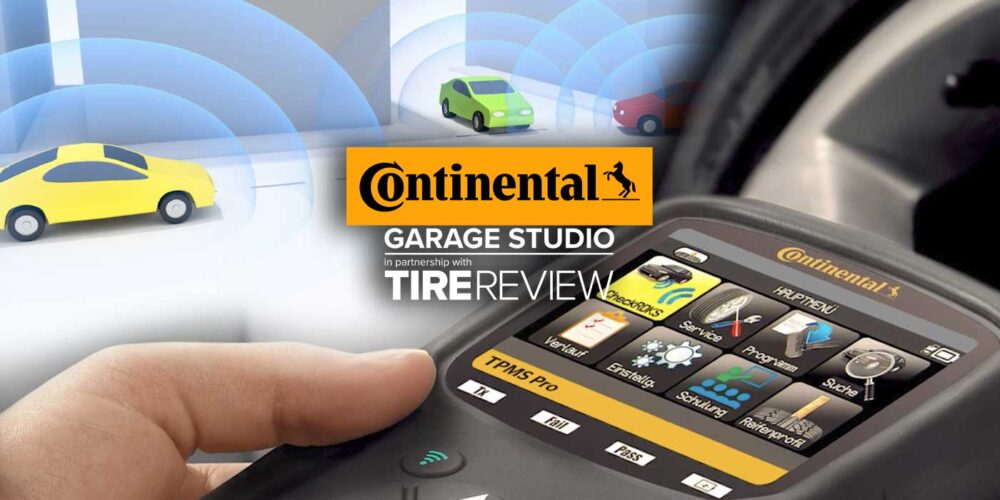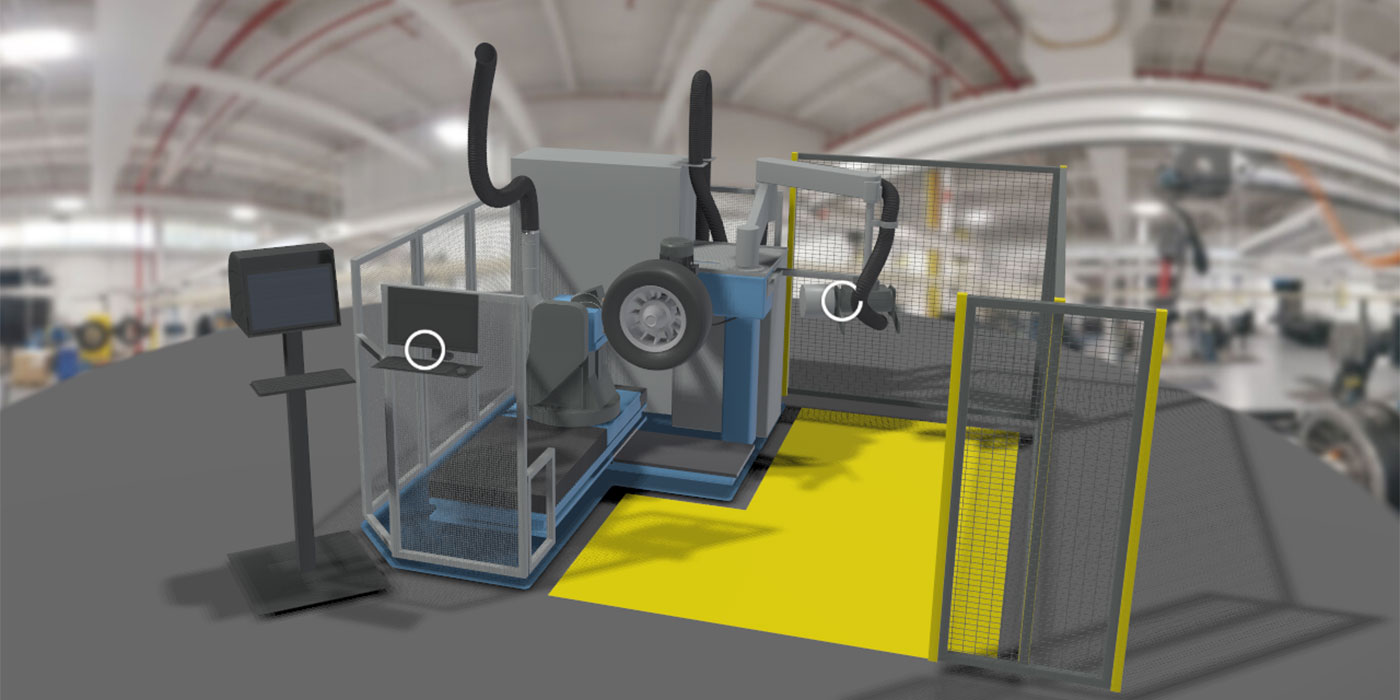However, merely detecting changes in tyre pressure could easily be viewed as a half measure – why not also correct the pressure?
The technology involved in the automatic sensing and re-inflation of tyres with insufficient pressure is not new. Military vehicles have employed systems doing exactly that for years, HGVs are often fitted with this type of technology and Pirelli designed a re-inflation unit for motorcyclists in 2004. But, as yet, automatic re-inflation systems have not found a place on mainstream passenger car equipment lists. Efforts earlier in the decade that appeared to promise the imminent arrival of re-inflation technology for passenger cars, such as Michelin’s TIPM (Tire Intelligent Pressure Management) system – originally marked down for a 2005 release – turned out to be optimistic thinking. Following Michelin’s ever-deeper involvement with its EnTire Solutions joint venture, founded in 2003, very little has been heard about its once-vaunted TIPM system.
Its current low profile does not however mean automatic tyre re-inflation has been written off by tyre and car makers, and before we consign the technology to the same ‘perhaps one day in the future’ basket as flying cars and moon colonies, we should take the time to examine the systems manufacturers currently have in the pipeline. The first of these, as mentioned above, has been with us for a few years.
The Pirelli Safety Wheel System (SWS) first saw light of day in 2004, but until recently, the concept was restricted to two-wheelers. This all changed last year when the Italian tyremaker previewed a prototype of the SWS system fitted to a SUV rim. Featuring a compressed air tank integrated into the rim, the SWS relies upon a sensor to notify of any loss in pressure – a familiar feature on conventional tyre pressure monitoring systems. However, upon registering any such loss, the sensor sends a signal to a valve separating the tank and the tyre’s air cavity, and air is pumped into the tyre. The signal is also sent to a display unit notifying the driver that the SWS has been activated.
Pirelli sees its SWS performing two key roles. During everyday driving, the SWS will combat the problem of natural deflation inherent in all air-filled tyres. The system will constantly monitor and compensate for the occurrence of any slow decreases in pressure, and Pirelli says the rim-fitted tank can maintain correct pressure in these circumstances for about 9 to 12 months. The second, and perhaps most important, role of the SWS is to facilitate a vehicle’s ability to continue moving in safety following a puncture. While providing only a temporary solution, the SWS can, within reason, prevent total deflation from taking place before the vehicle has reached the nearest location where proper assistance can be given. According to Pirelli, the system can be employed successfully on both conventional and run-flat tyres.
A similar system offered by US manufacturer Maxair takes the re-inflation concept one step further. The company’s Automatic Tire Monitoring and Inflation (ATMI) system, developed in part due to the passage of the U.S. TREAD Act, is reportedly suitable for passenger cars, light commercials and SUVs and also contains an air tank, in this case, fitted outside of the wheel rim. Tyre pressure is set to a specific level on a regulator fitted to the tank, and this regulator communicates with wheel-mounted sensors that provide information regarding each tyre’s pressure. This information, plus details of the supply tank’s air pressure, is also displayed on the vehicle’s instrument panel.
However, unlike the Pirelli system, the Maxair unit also contains an on-board compressor that constantly replenishes the ATMI air tank. Theoretically, the ATMI system can monitor and compensate for natural air loss indefinitely, and Maxair even goes as far a stating that its ATMI system “eliminates human intervention in maintaining proper tyre pressure.” Furthermore, it adds that changing a tyre requires no special tools or recalibration of the system, and the ATMI system will work equally well if nitrogen-filled tyres are mounted on the vehicle.
At the time of printing neither of these systems had been made commercially available, but in terms of technology, there is nothing preventing their immediate introduction. “This feature [the ATMI system] is ready and available and could be on all new automobiles," states Maxair president Clyde Stech. “It’s a matter of consumers demanding it and auto manufacturers making it available.” Maxair claims its system could be sold to carmakers for as little as US$200.
But, despite its absence even from the options list of upmarket vehicles, in-the-field experience gained by the U.S. military with similar equipment points to the usefulness of automatic re-inflation systems – the device installed in the military spec Hummer permits the vehicle to keep on driving even after the tyre has been penetrated by a bullet! The coming years may very well see automatic tyre re-inflation become the new industry bandwagon to jump onto, particularly if used in conjunction with another recent mainstream arrival, nitrogen inflation.















